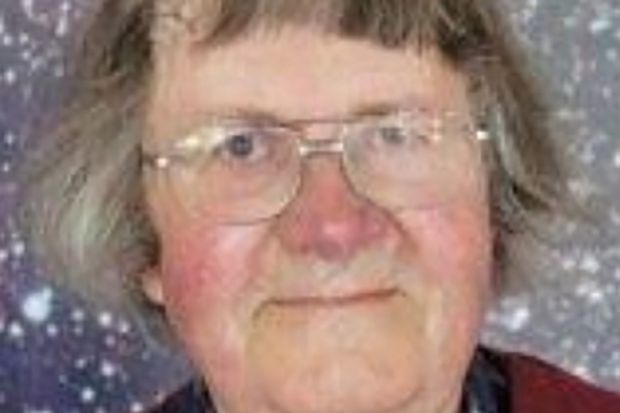A world-renowned expert on cosmic rays has died.
Michael Hillas was born in a village near Leeds in June 1932 and went to school in York. He studied physics for a BSc (1953) and then a PhD (1956) at the University of Leeds, before being awarded a rare fellowship at the Atomic Energy Research Establishment at Harwell, Oxfordshire. Although this was where the UK’s nuclear weapons programme was being developed, his own work on high-energy cosmic rays took place “outside the wire” and involved using an array of Geiger counters to detect the air showers produced by the most energetic particles.
Returning to Leeds in 1959, Professor Hillas was appointed lecturer in physics and promoted to a readership in 1969 and then to a personal chair in 1990. He eventually became emeritus in 1997, although he continued his research and even announced a new idea for the next generation of telescopes on the day of his retirement.
Professor Hillas established himself and Leeds’ department of physics and astronomy as leading players in cosmic-ray physics, despite refusing to work on a key air-shower experiment at Haverah Park, near Harrogate, having been scarred at Harwell while repairing some cable that rabbits had chewed through. When he was awarded the Institute of Physics’ Rutherford Medal in 1998, one referee wrote that “if there had been a Nobel prize for cosmic rays, Michael would have it”.
An outstanding experimentalist, Professor Hillas was also a lightning-quick calculator, whether mentally, with a slide rule or, later, with a computer, who had a remarkable gift for modelling physical phenomena. He and a colleague managed to calculate the absolute difference between the charges of protons and electrons. He reduced the complexities of the acceleration of cosmic rays to a few simple equations – shown in a single diagram now known as “the Hillas plot” – in a celebrated 1984 article in Annual Reviews of Astronomy and Astrophysics. And he opened up major new areas of research when he proposed techniques for detecting the Cherenkov light that low-energy cosmic rays produce in the atmosphere.
Never afraid to think outside the box, Professor Hillas lobbied for a very successful project that resulted in Leeds experimentalists, hitherto based on the Yorkshire Moors, moving some of their activities to the South Pole. A programme he developed to study high-energy showers helped to shape the design of the largest cosmic-ray detector ever built, the vast Pierre Auger Observatory in western Argentina.
Alongside his physics, Professor Hillas was an excellent amateur artist as well as a keen hillwalker and geologist. He died on 26 November.




